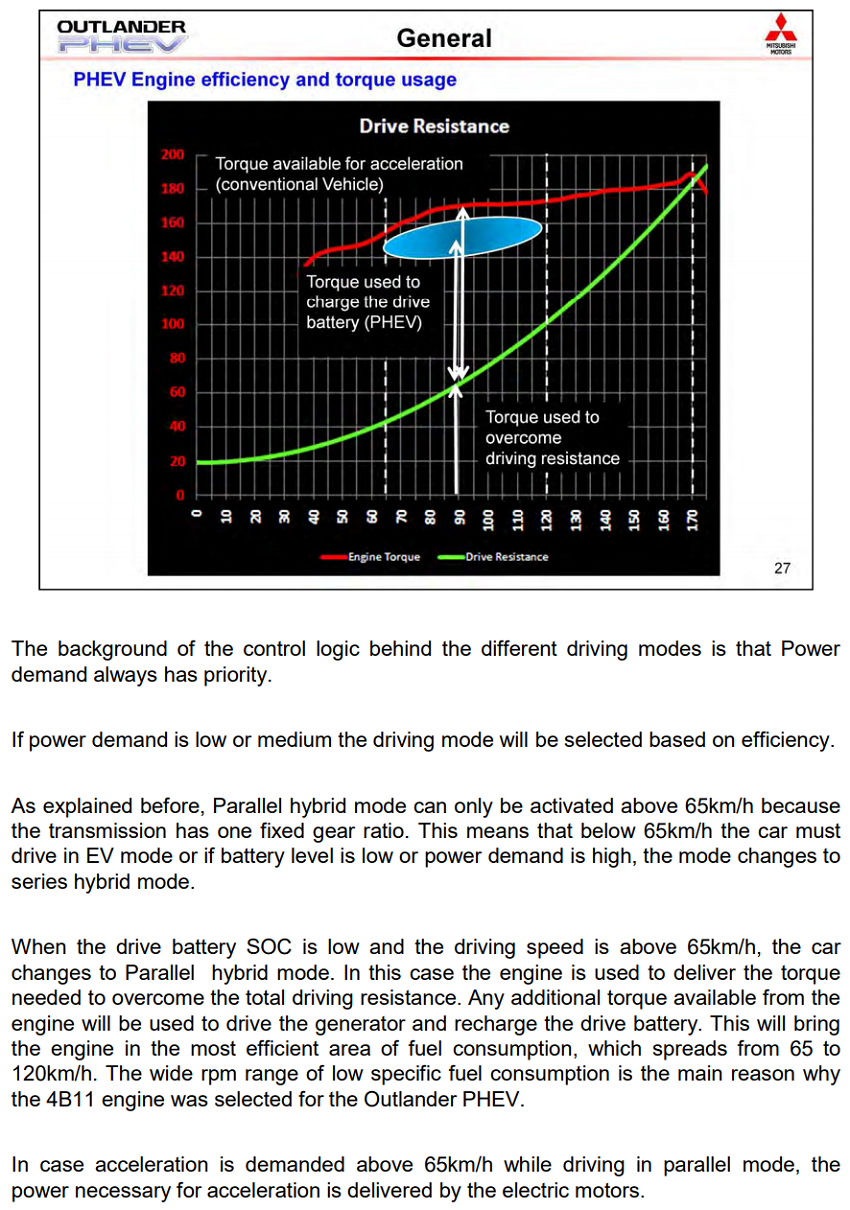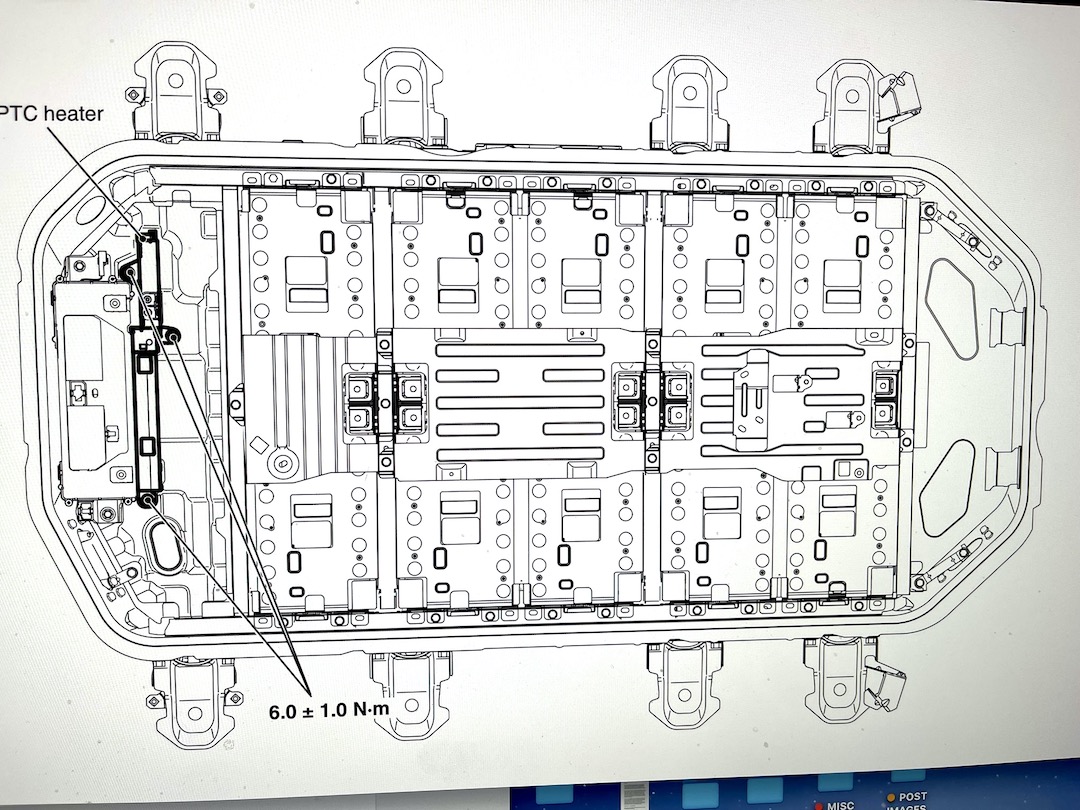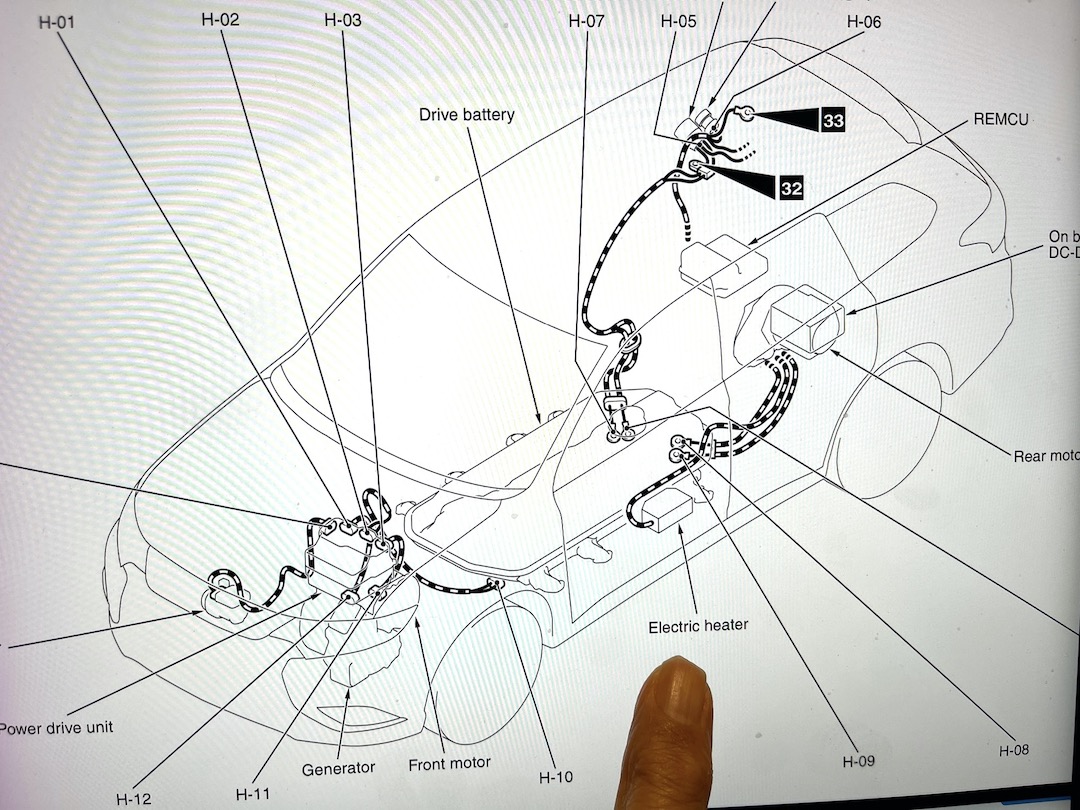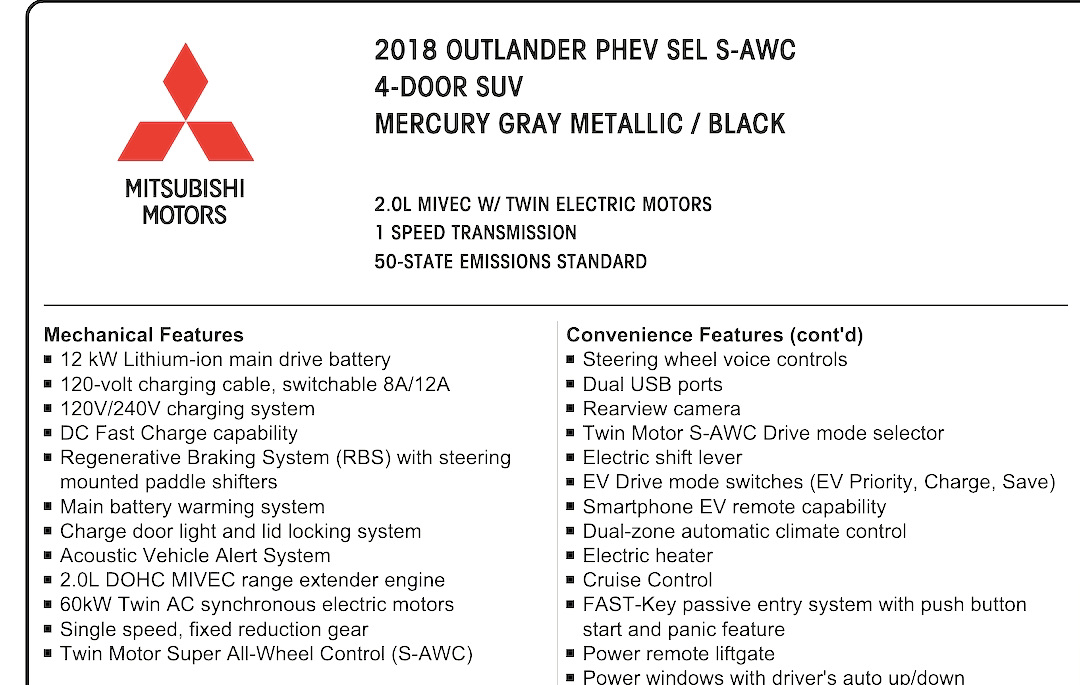Hello Outlander Owners - I just completed an In-Depth Article on the Mitsubishi Outlander Phev. This article provides a detailed look at how the new Outlander Heat Pump operates and how it differs from other hybrids and EV’s. I’ll cover HV battery heating and cooling. How to prevent lithium battery “Plating” a permanent damage which occur to lithium batteries during cold weather use. I’ll compare how the Outlander fairs against the Hybrids like the Toyota Rav4. Talk about the dangers of owners switching their AGM 12 volt battery to lithium. Discuss the fact the new Outlander might not be the best plug-in Hybrid for colder regions and how Mitsubishi left out a vital battery component which could leave you and your family stranded in frigid weather. I’ll talk about Innovative Pedal and B-3 / B-5 High Regen, how they work and why they sometimes start the gas engine. PHEV Travel suggestions for added safety and more economy. Finally, introduce “Volting” a Method of Engine / Motor / Cycling which can reduce your engine run time up to 40% on trips using less fuel.
Note: Because of graphics used, I authored the story using QuarkXpress and placed it on my non sponsored /Ad-Free web site. Please click on the link below - Enjoy Mike
Outlander Phev In Depth Observations - Mike Mas
http://rotory.com/PHEV/outlander/
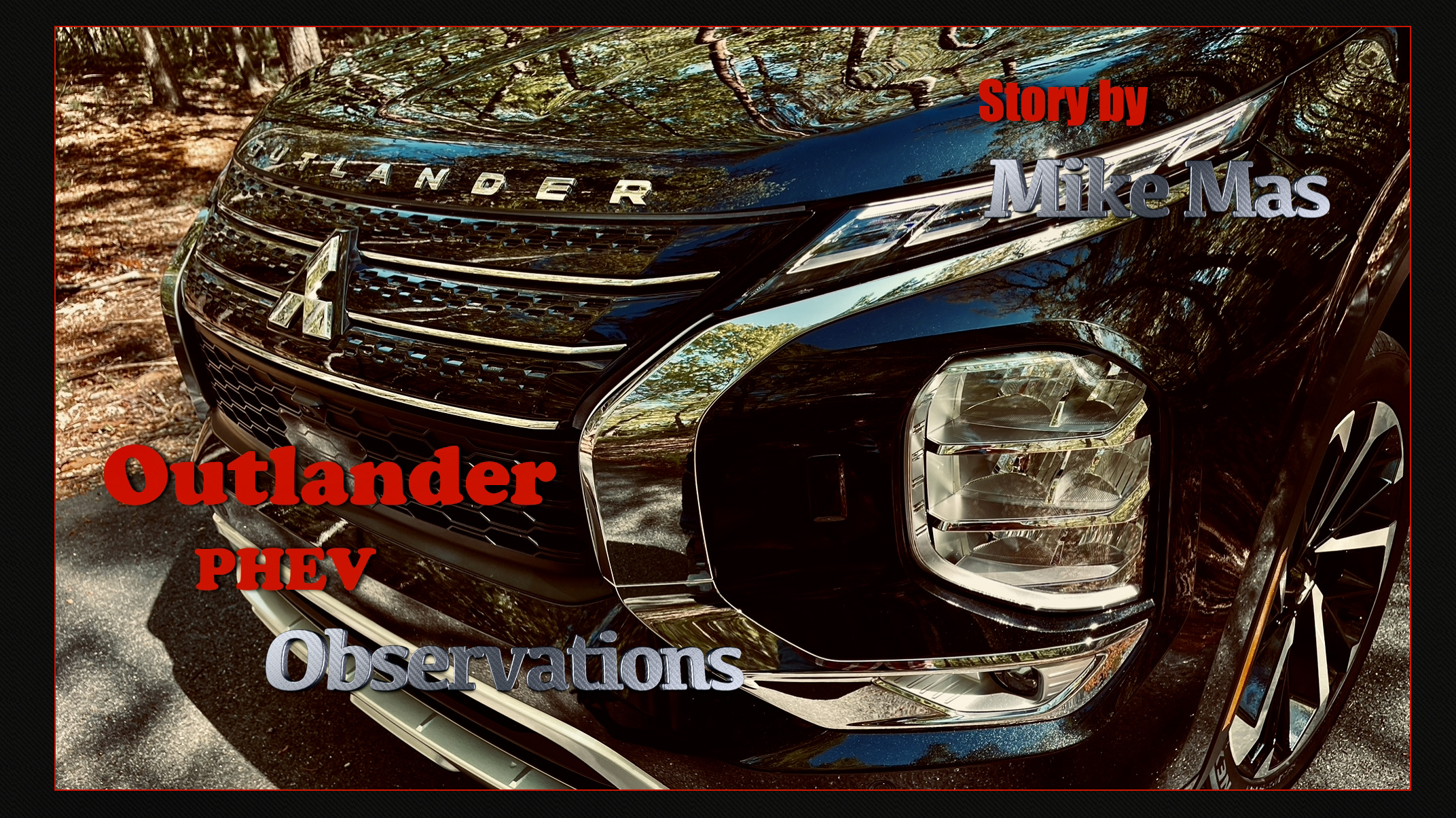
Note: Because of graphics used, I authored the story using QuarkXpress and placed it on my non sponsored /Ad-Free web site. Please click on the link below - Enjoy Mike
Outlander Phev In Depth Observations - Mike Mas
http://rotory.com/PHEV/outlander/


